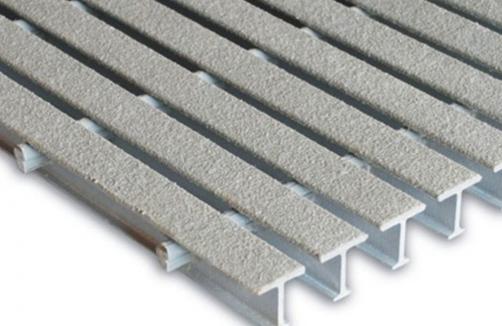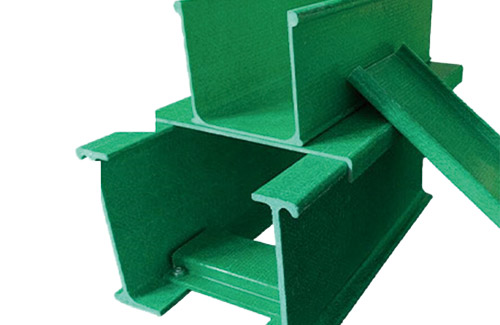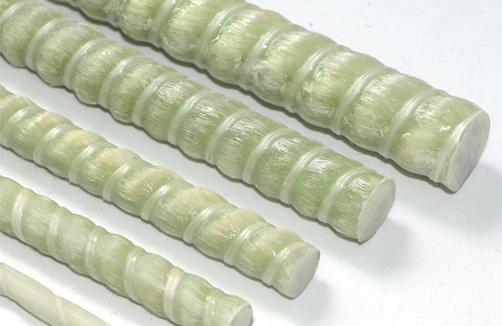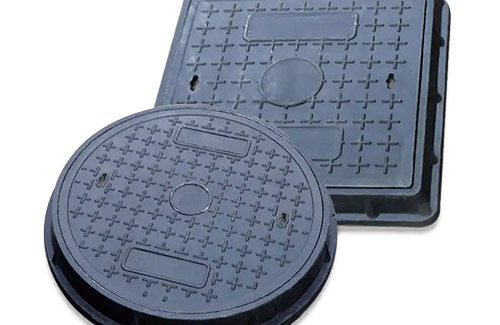Plastic Grating: An Environmentally Friendly and Efficient New Type of Tower Packing
Plastic grating, a new type of tower packing, is made of PVC, PP and other plastic materials. It has outstanding advantages such as a large specific surface area, smooth surface, high airflow capacity, low pressure drop, strong anti-blocking performance, low price, and is a good alternative to wooden grating fillers.
Plastic grating is processed from plastic boards, rods, and pipes in processing plants and then assembled according to the size of the tower diameter and inlet opening. It has a simpler design and manufacturing process and improves the utilization space of the tower. Its main mass transfer component is the plastic sheet perpendicular to the tower cross-section, which is parallel to the direction of gas and liquid flow. The upper and lower layers rotate at 45 degrees, forming swirling flow contact.
Due to the large distance between the plastic grating sheets (typically 24-42mm), the voidage rate is high, the specific surface area is large, and the gas and liquid have a fixed flow path. The channel on each layer of the plate is very uniform, resulting in good mass transfer effect and high absorption efficiency.
The plastic grating filler does not accumulate, deposit, stagnate, or block on the surface due to its smooth surface and large distance between the sheets. Therefore, it is a highly efficient, large-throughput, low-pressure drop, and non-blocking new type of regular packing. Under normal operating conditions, its flux is 80% higher than that of plate towers.
Using plastic grating fillers to retrofit old towers allows for higher empty tower velocities that are 1.5-3 times those of conventional fillers, thereby increasing production capacity. For new tower designs, it can reduce tower diameter and height.
Plastic grating not only provides environmental protection but also conserves significant amounts of wood, making it a positive contribution to environmental protection and ecological balance. Technical experts from the Ministry of Science and Technology recommended its promotion in the nitrogen fertilizer industry.








